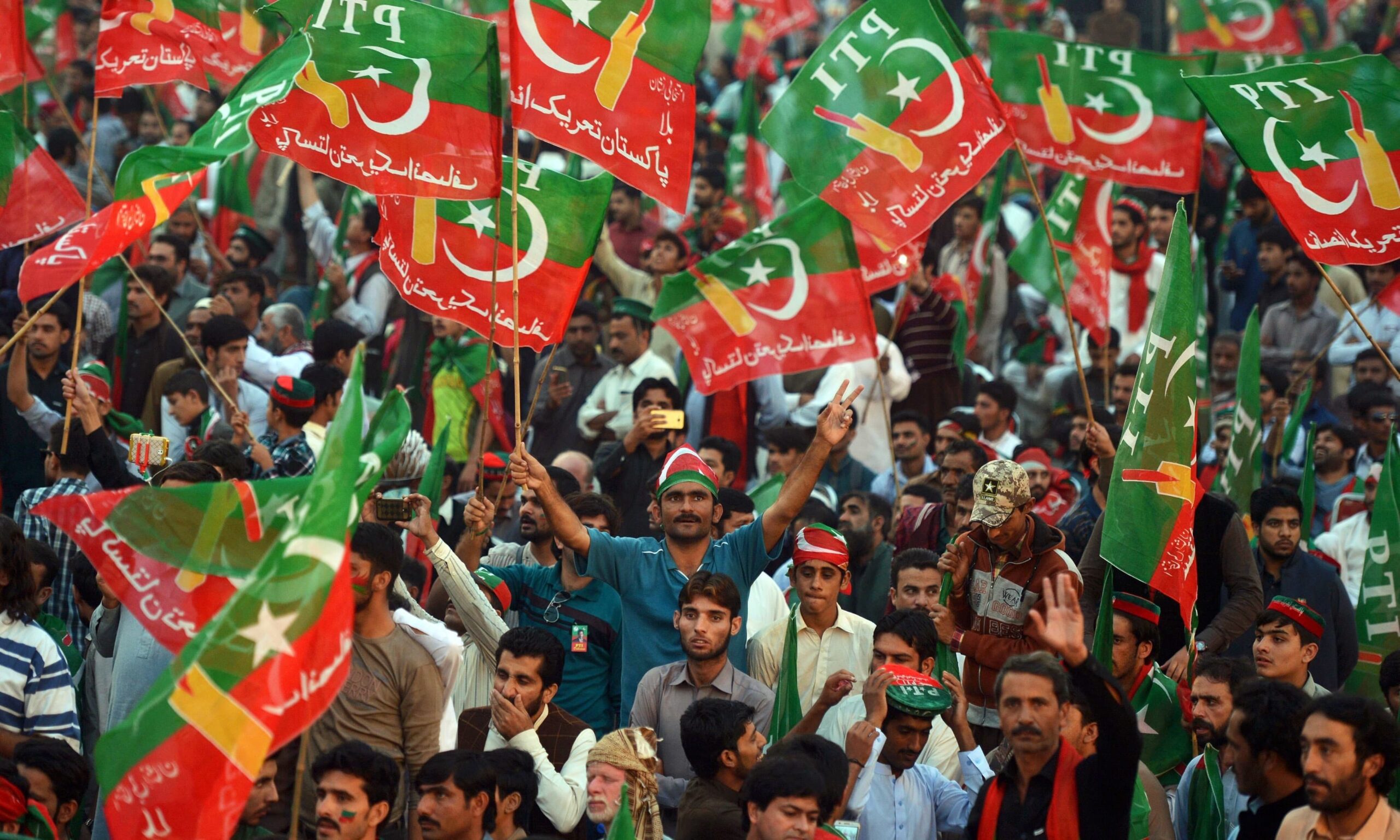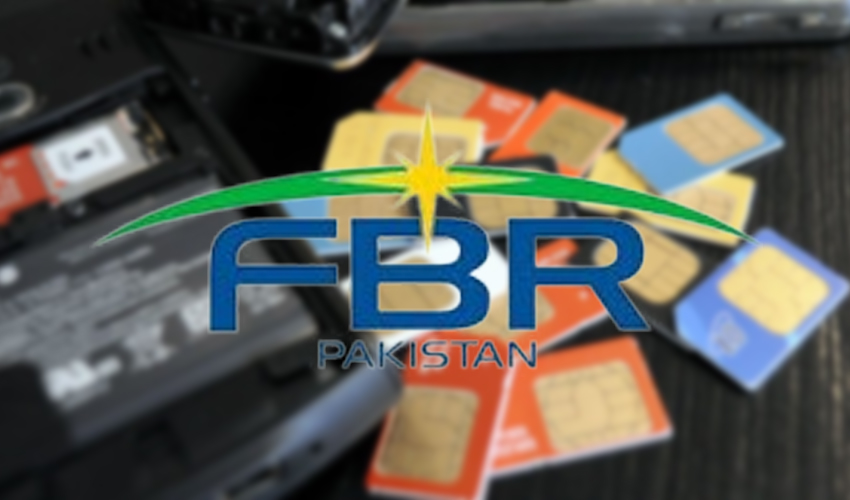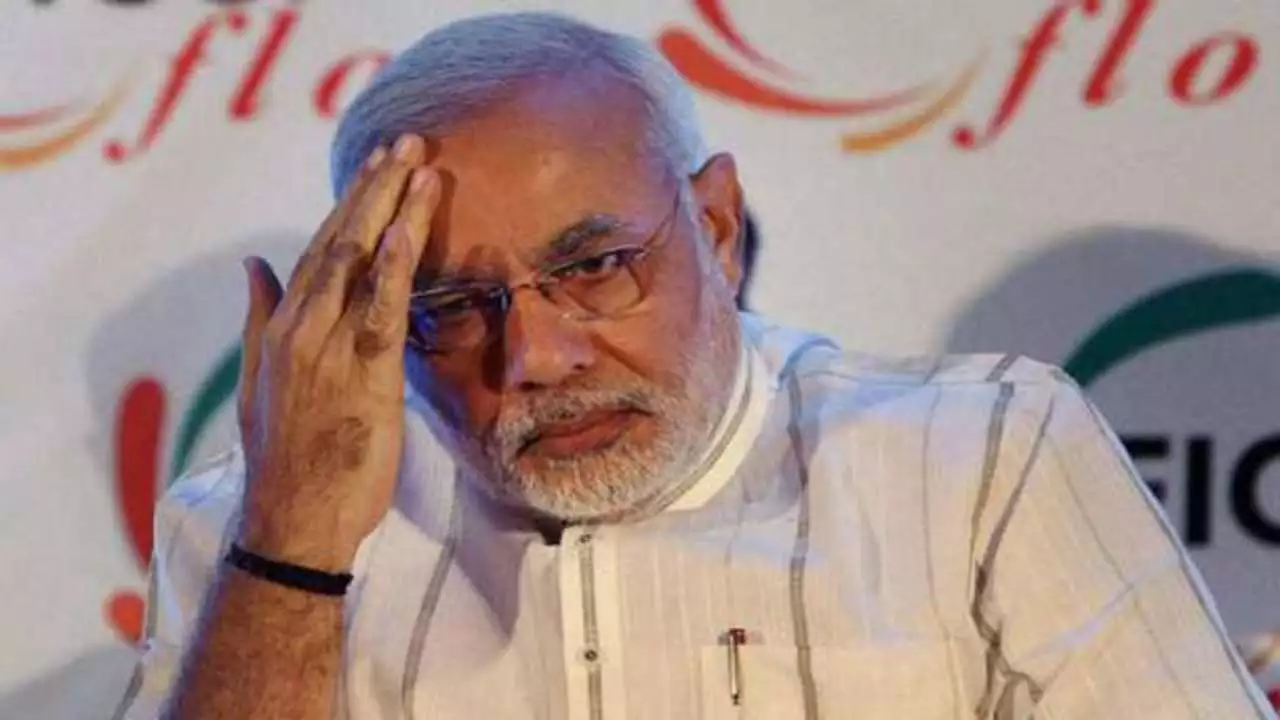PTBP Web Desk
The landscape of Pakistan’s political scene was visibly altered as thousands of loyalists and supporters of the Pakistan Tehreek-e-Insaf (PTI), led by the incarcerated former Prime Minister Imran Khan, embarked on what has been dubbed a “decisive” long march towards the federal capital, Islamabad.
This event, marked by both determination and defiance, saw PTI supporters from across the country converge, intent on overcoming the physical and political obstacles laid before them by the government.
The march was not just a display of political strength but a statement of intent, with the protesters pushing for three primary demands:
The march was spearheaded by notable figures such as Khyber Pakhtunkhwa Chief Minister Ali Amin Gandapur, in his role as the provincial PTI president, and Khan’s wife, Bushra Bibi, whose participation was intended to galvanize even greater public support. Their convoy was reported to be at Hazro in Attock, facing significant resistance from law enforcement but progressing nonetheless.
The government, in an attempt to contain the situation, arrested hundreds of PTI supporters in the twin cities of Rawalpindi and Islamabad. The use of heavy shelling, baton charges, and rubber bullets by the police was met with stone pelting from the protesters, highlighting a tense standoff that left scores injured on both sides. The police’s approach seemed to reflect a strategy of containment, but it also fueled the protesters’ resolve to continue their march to D-Chowk, the symbolic heart of political demonstrations in the capital.
In a significant move to control the narrative and possibly disrupt coordination among the marchers, Interior Minister Mohsin Naqvi took an aerial view of the convoy, followed by the suspension of internet and telecom services not only in the twin cities but also in areas from which the convoys were advancing. This was seen as an attempt to limit the spread of live updates from the march, potentially reducing its visibility and impact.
Clashes were reported in various locations like Dhok Kala Khan, Khana Pul, and Faizabad, with both protesters and police officers sustaining injuries. The police managed to arrest numerous protesters, although many managed to evade capture, continuing their journey towards the capital.
Videos shared on social media platforms, including X (formerly Twitter), provided a glimpse into the march’s atmosphere. One video showed a woman, part of a family arrested at D Chowk, questioning her detention. Another post by PTI highlighted the use of tear gas against peaceful demonstrators, underscoring the intensity of the government’s response.
This long march isn’t just about the immediate demands; it’s a broader statement of political defiance against what PTI perceives as undemocratic practices. The participation of key figures like Bushra Bibi and the widespread public support signal a significant moment of political mobilization, potentially influencing the political discourse in Pakistan.




